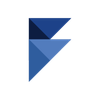How to Improve Customer Engagement With Customer Journey
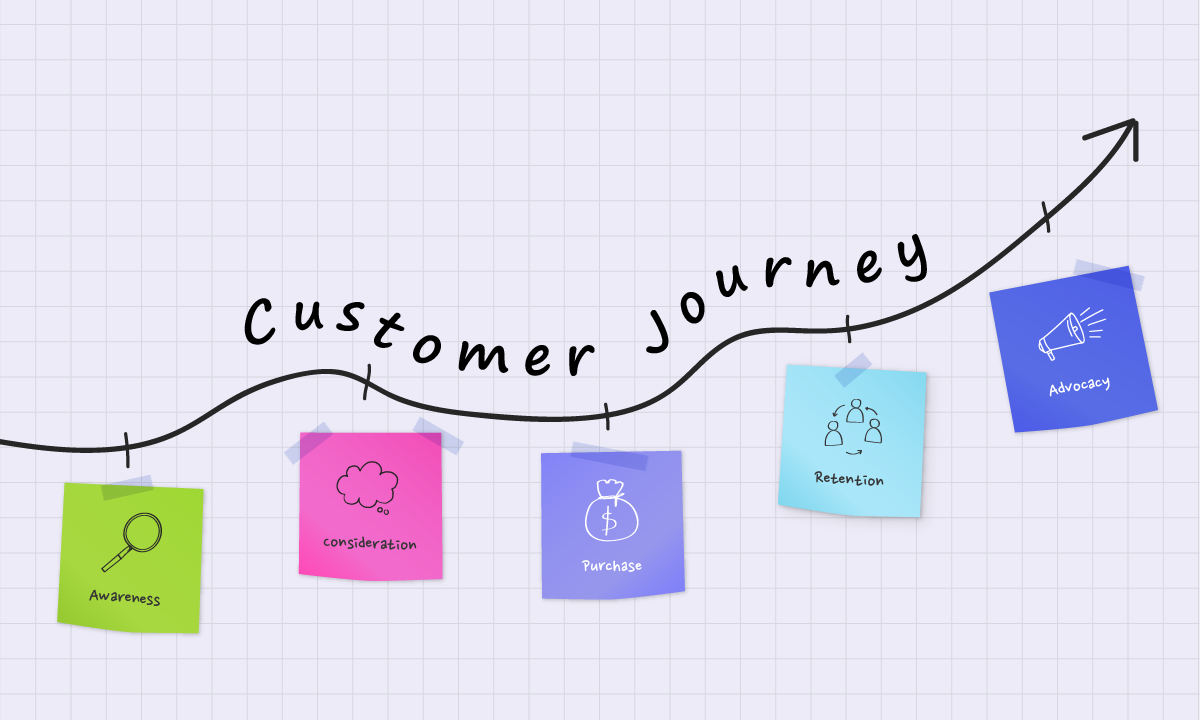
Understanding the customer journey is pivotal for marketers. Our potential customers continually navigate the digital landscape in search of fresh, captivating products to fulfill their needs. This underscores the importance of leveraging CRM to gain valuable insights from our leads, a practice evolving with AI, automation, and cost-cutting tools. For example, the U.S. CRM market, the largest in the world, has been predicted to grow at a CAGR of 13.9% until 2030.
In today’s article, we'll explore the concept of customer journeys, their examples per industry, and how you can create one using push notifications to maximize customer engagement.
What's the Customer Journey?
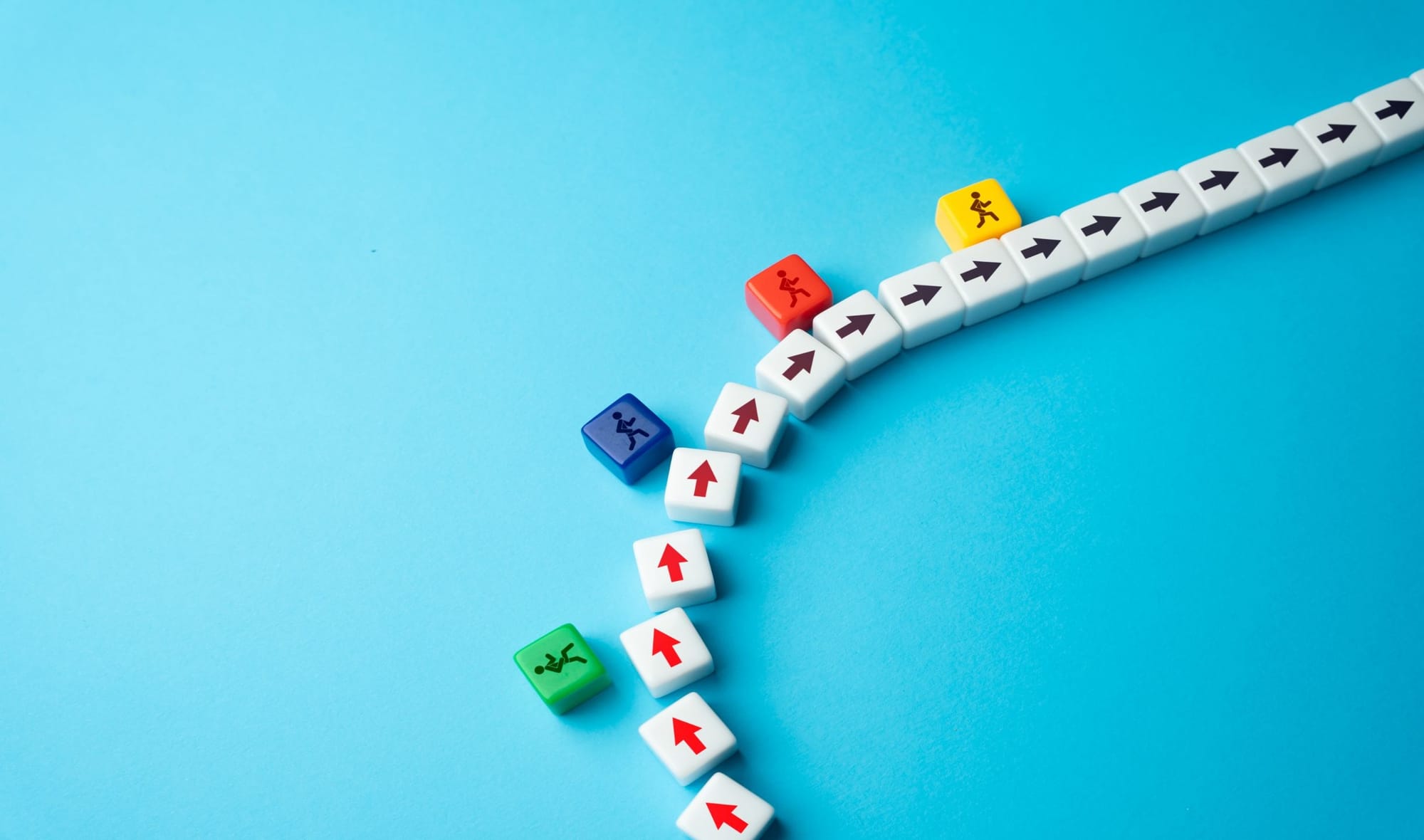
Customer Journey is a model that visually maps customer interaction as they engage with mobile apps and web services. Given the constant fluctuations in customer behavior and market dynamics, analyzing the customer journey is a crucial ongoing task in marketing. Ultimately, this approach enables the development of more detailed and personalized strategies, enhancing customer satisfaction and retention.
McKinsey's 2009 research categorizes the customer journey into four stages: Initial Consideration, Active Evaluation, Moment of Purchase, and Post-purchase Experience. However, the distribution of purchases across these stages varies across industries. For example, while 63% of automobile purchases happen during the initial consideration stage, skincare purchases occur at only 38% during this phase.
This shows the distinct traits characterizing each industry's customer journey, suggesting the need for marketers to ready pre-built scenarios tailored to each industry before formulating strategies, leveraging specialized tools for personalization and segmentation.
For example, in the banking industry's customer journey, the importance of digital-based CX is emphasized, and transitioning from one stage to another takes considerable time, prioritizing the acquisition of loyal customers. For the automotive industry’s customer journey, factors such as face-to-face meetings with sales representatives and past experiences significantly impact customer awareness compared to other sectors.
This highlights the importance of specialized push notification solutions tailored to personalization and segmentation. We'll discuss this further in the next part.
The Role of Push Notifications in Customer Journey Optimization
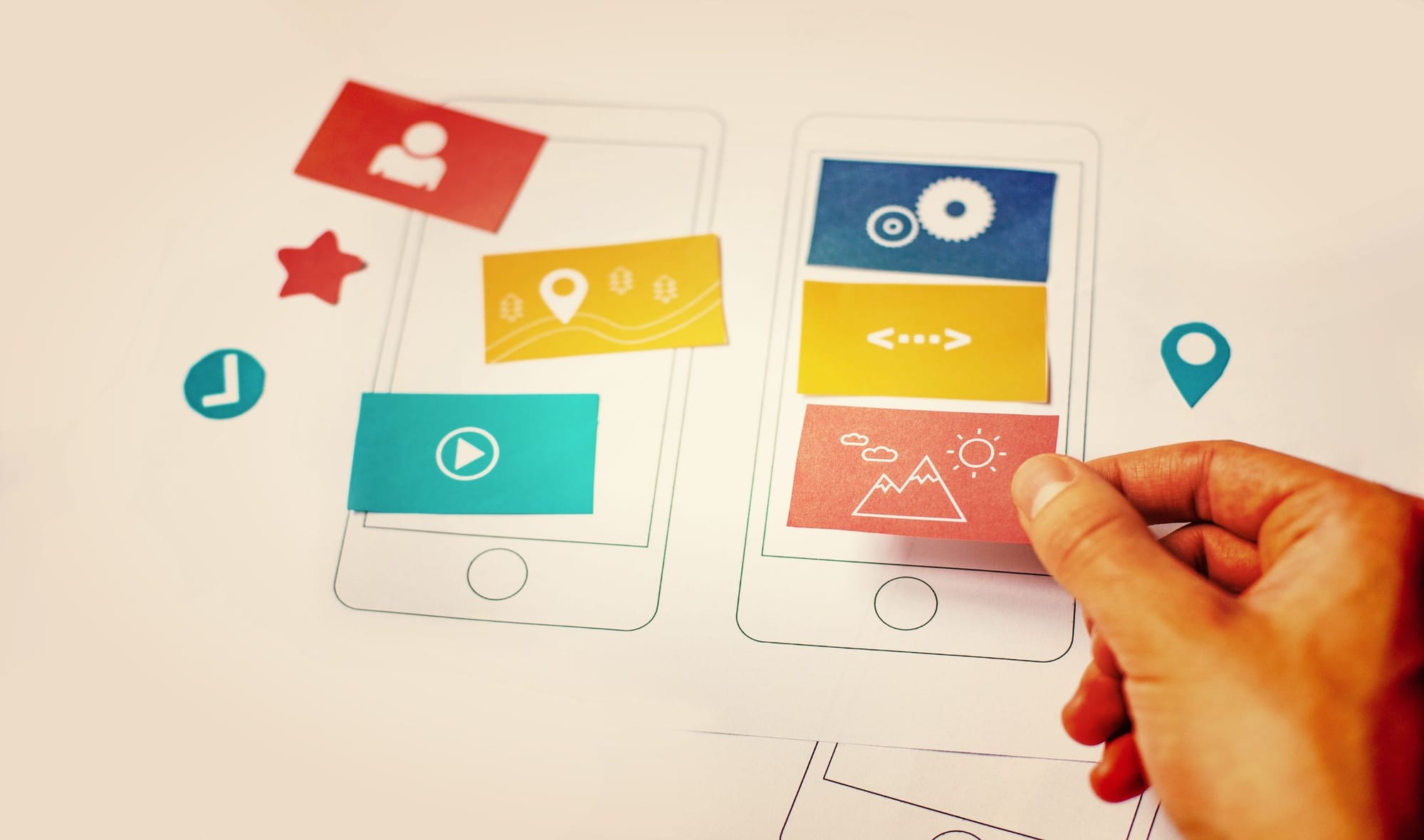
Push notifications represent one of the most personalized marketing methodologies embraced by many businesses today. Fueled by advancements in AI technology, mobile and web push notifications have evolved to offer unprecedented levels of personalization, creating more precise customer journeys than ever before.
Push notifications in customer journeys enable the automated triggering of notifications upon user actions or meeting specific conditions. Depending on the marketer's campaign objectives, it’s important to define the start and end conditions clearly, and building the customer journey typically follows the following sequence:
B. Set target audience (e.g., users with items added to cart)
C. Choose the optimal send time (e.g., 3 days after signing up)
D. Craft the messages you wish to deliver
However, crafting a journey from scratch can prove daunting, particularly for businesses lacking the requisite experience or manpower. In these situations, we recommend using pre-built journeys.
How to Create a Customer Journey
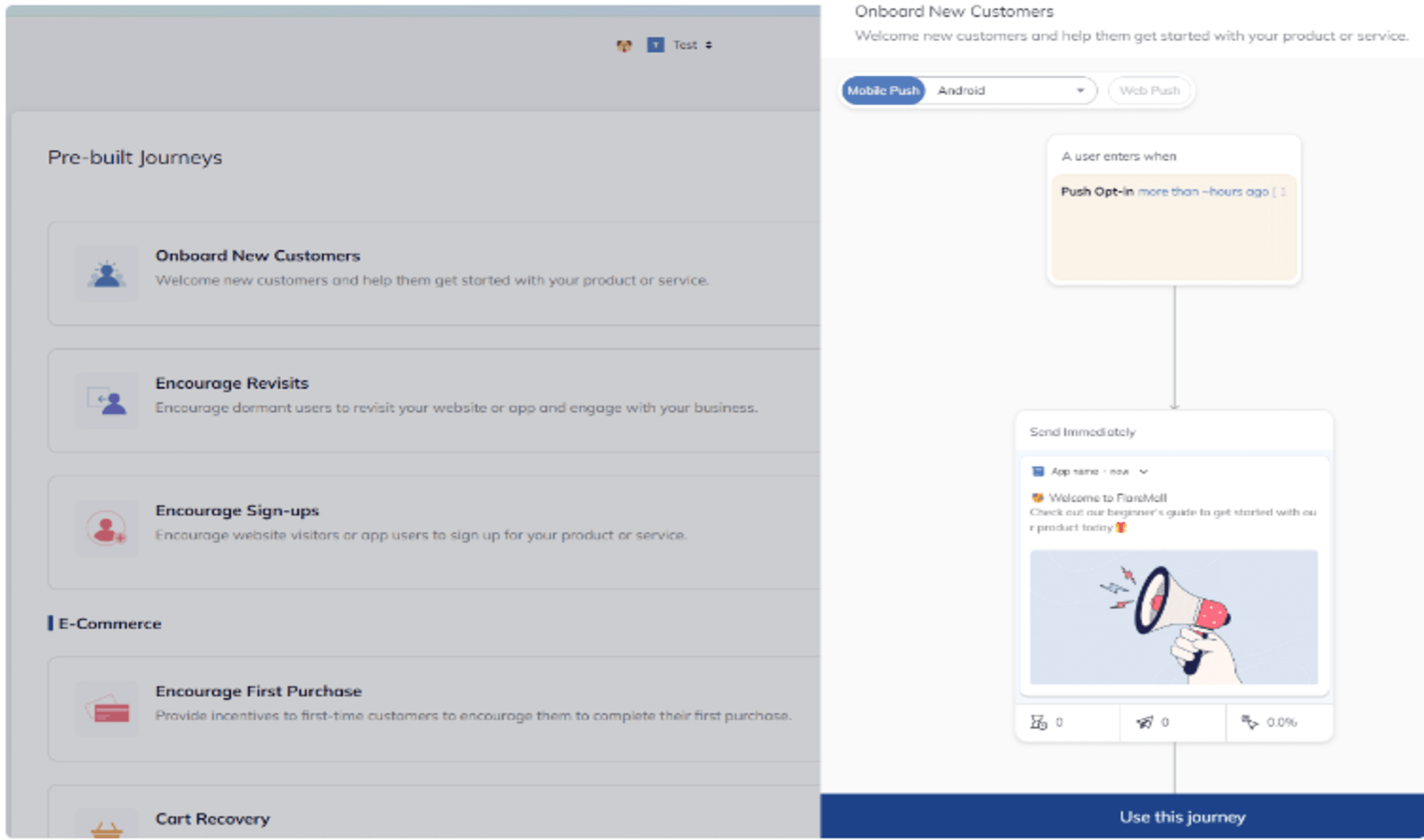
Customer journey campaigns can be built from scratch or use pre-built industry-specific templates, and FlareLane supports both methods.
If you prefer to build the customer journey yourself, you'll first need to install FlareLane and then integrate customer data. After activation, you can track the sending and clicking status of each step of the customer journey.
However, if you're still unsure about what to do at this stage, the pre-built journeys can be a good starting point. Currently, FlareLane has prepared automated customer journeys for various industries, allowing you to start campaigns within a short period of time if needed. We’ll continue to update new industry-specific journeys in the future.
In addition, the pre-built journeys feature automation capabilities, allowing marketers to schedule and send push notifications at regular times. This minimizes unnecessary effort, enabling marketers to develop customer journeys and focus more on messaging and marketing.
Moreover, with A/B testing, wait-time settings, message frequency limits, and analysis tools, marketers can derive meaningful user insights and track performance in real-time.
Conclusion
Crafting customer journeys with push notifications is an effective strategy for attracting potential customers, especially when combined with pre-built journeys. This way, even if you're entirely new to customer journey-based marketing, you'll be able to save time and focus on driving more customer engagement with the right tool.
Are you looking for a user-friendly customer engagement service to improve your business's conversion rate? Click the link below to learn more!

